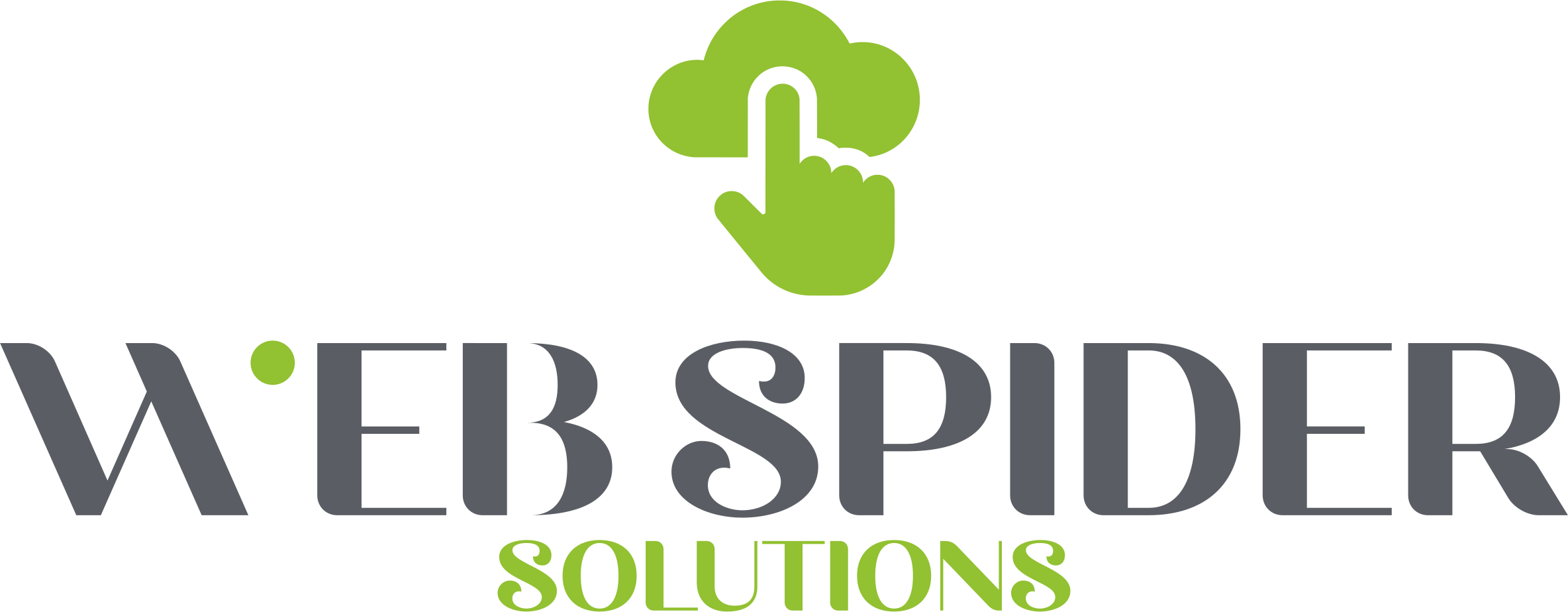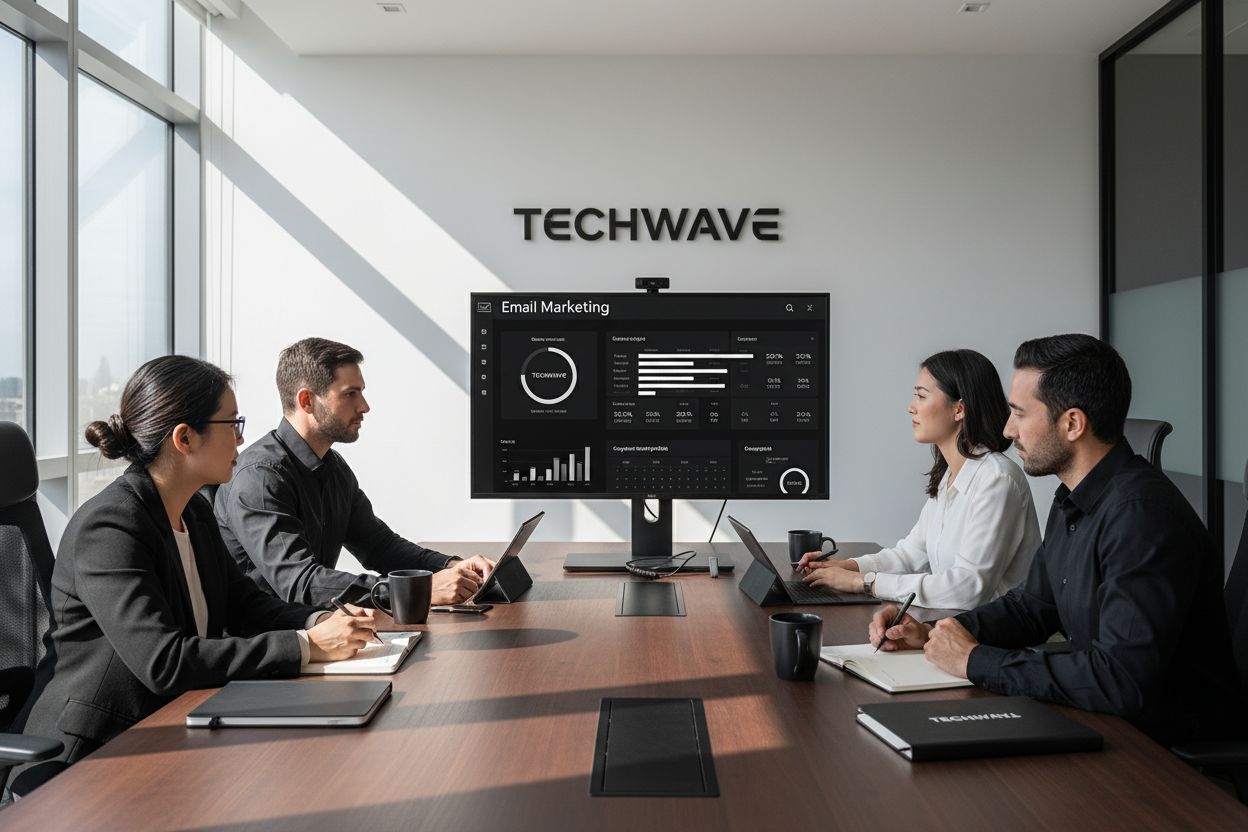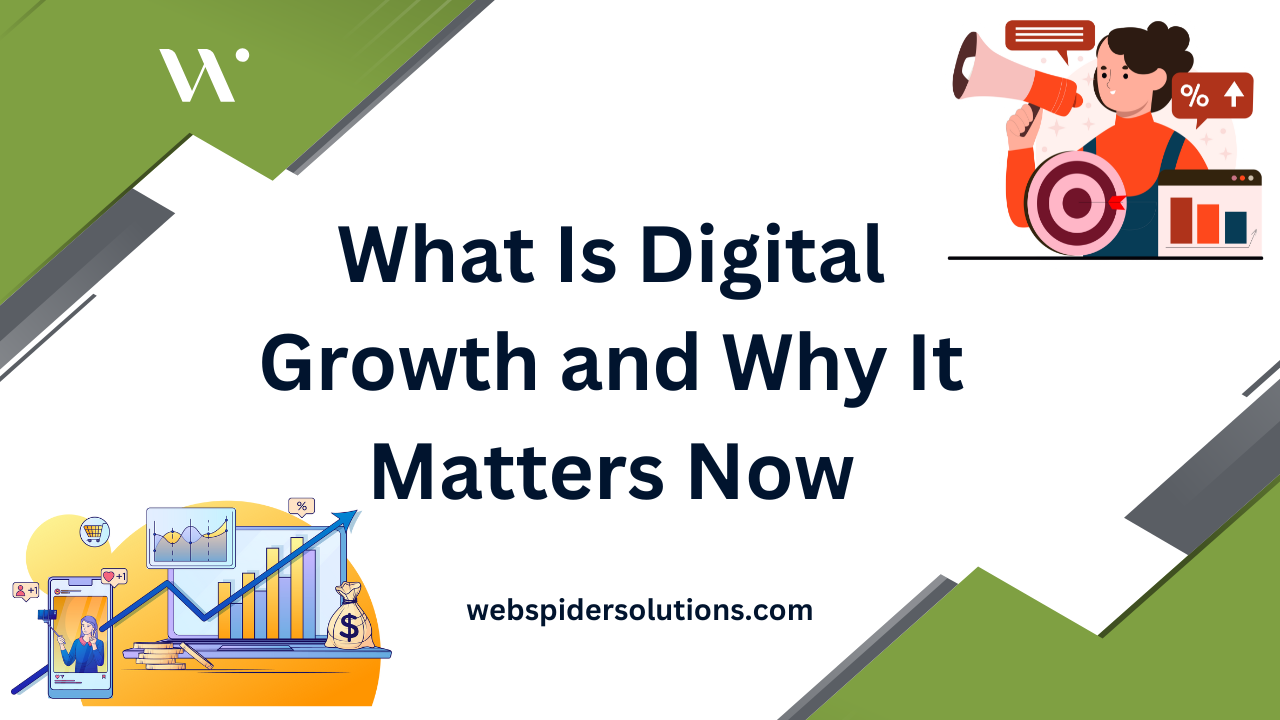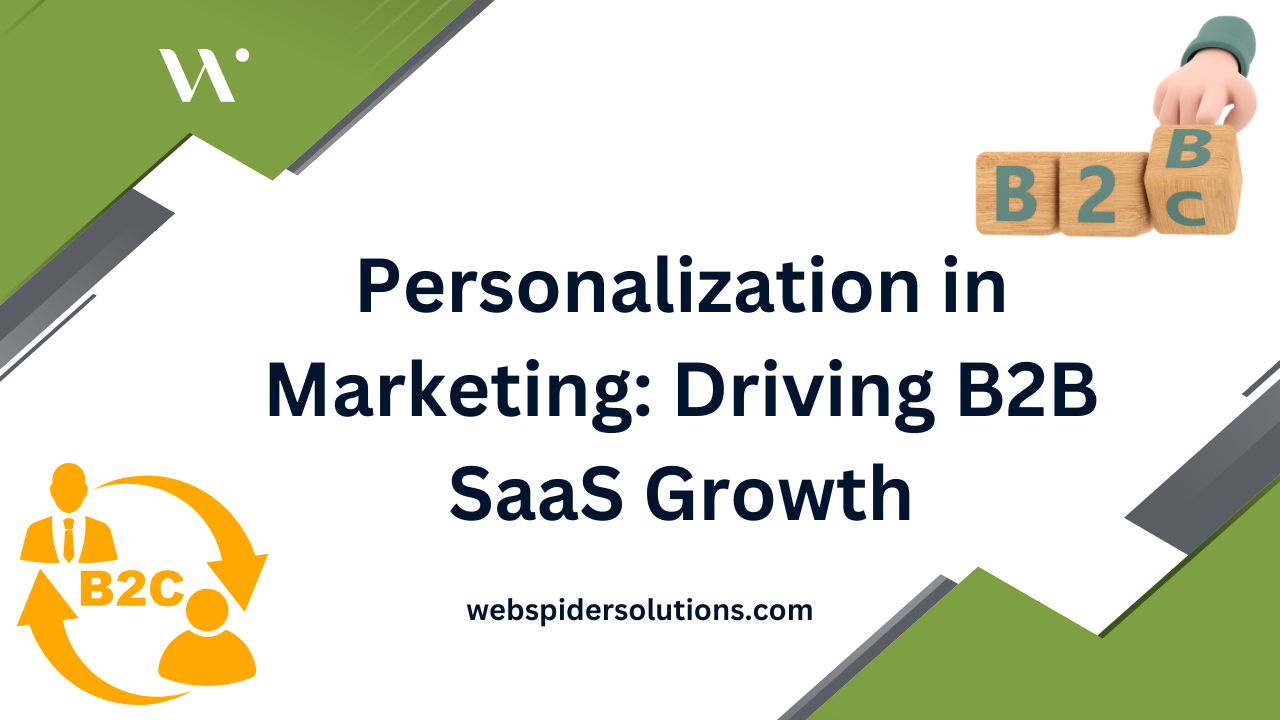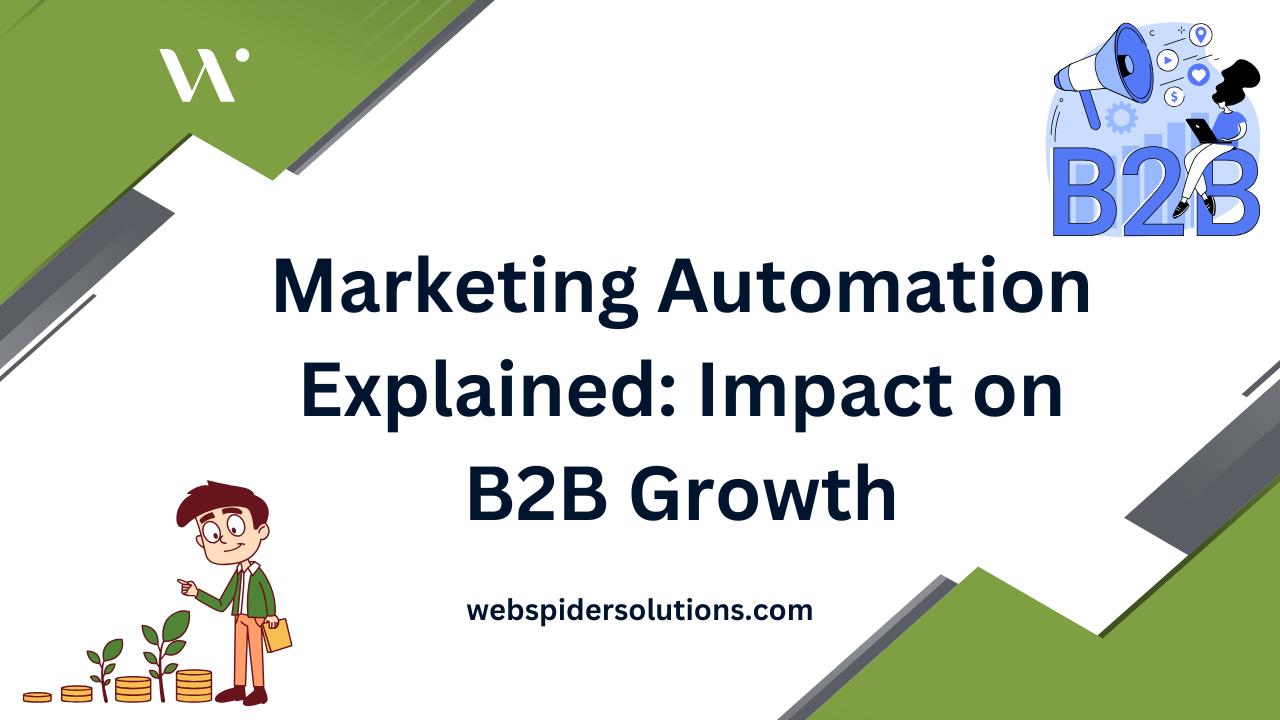Did you know that email segmentation can drive up to 760 percent more revenue than non-targeted campaigns? Businesses are discovering that a well-structured email strategy is the key to turning subscribers into loyal customers. When you define precise audience segments and set clear goals, every message lands with greater impact and purpose. Learn how to move from generic blasts to focused campaigns that truly connect and deliver measurable results.
Quick Summary
| Key Point | Explanation |
|---|---|
| 1. Define audience segments clearly | Segmenting your audience leads to better engagement and opens rates, as tailored messages resonate more with specific groups. |
| 2. Personalize email content effectively | Use data-driven insights for highly relevant content, increasing open rates and engagement through dynamic and personalized messaging. |
| 3. Utilize automation for efficiency | Set up targeted automation to send the right message to subscribers at the optimal time, enhancing engagement without added manual effort. |
| 4. Regularly conduct A/B testing | Test key elements like subject lines and content to improve overall email performance, maximizing engagement and conversion rates over time. |
| 5. Analyze data for continuous improvement | Review metrics to identify successful strategies and behaviors, allowing for informed decisions that enhance future email campaigns. |
Table of Contents
- Step 1: Define Clear Audience Segments And Goals
- Step 2: Craft Compelling And Personalized Email Content
- Step 3: Set Up Automation And Optimized Send Schedules
- Step 4: Test Deliverability And Refine Campaign Elements
- Step 5: Analyze Results And Implement Data-Driven Improvements
Step 1: Define clear audience segments and goals
Let’s talk about turning your email marketing from a shot in the dark to a precision-targeted strategy. Defining clear audience segments and goals is like creating a custom roadmap that guides each subscriber exactly where they want to go.
Start by understanding that not all subscribers are created equal. According to research from Sender.net, segmented email campaigns drive 30% more opens and 50% more click-throughs compared to generic blasts. This means your goal is to slice your audience into meaningful groups that share similar characteristics, behaviors, or interests.
First, gather data about your subscribers. Look at demographics like age, location, and job role. Then dig deeper into behavioral data such as purchase history, website interactions, and previous email engagement. Are some customers always clicking on technology products while others prefer services? Do some engage weekly while others rarely open emails?
Create 3-5 primary segments that represent your core audience types. For a marketing agency, these might look like: new leads, existing clients, industry professionals, potential partners. Each segment gets a tailored communication approach that speaks directly to their specific needs and interests.
Here’s a comparison of primary audience segments and example goals:
| Audience Segment | Key Characteristics | Example Goal |
|---|---|---|
| New Leads | Recently subscribed Limited brand familiarity |
Download a whitepaper |
| Existing Clients | Current customers Active engagement |
Schedule a consultation |
| Industry Professionals | Experts Networking potential |
Access in-depth industry report |
| Potential Partners | Business pros Collaborative interest |
Initiate a discovery call |
Pro Tip: The more specific your segmentation, the more personalized your messaging can become.
As research from Beehiiv Blog reveals, marketers using segmentation report up to 760% more revenue compared to non-targeted campaigns. By defining clear segments, you’re not just sending emails – you’re creating personalized experiences that resonate.
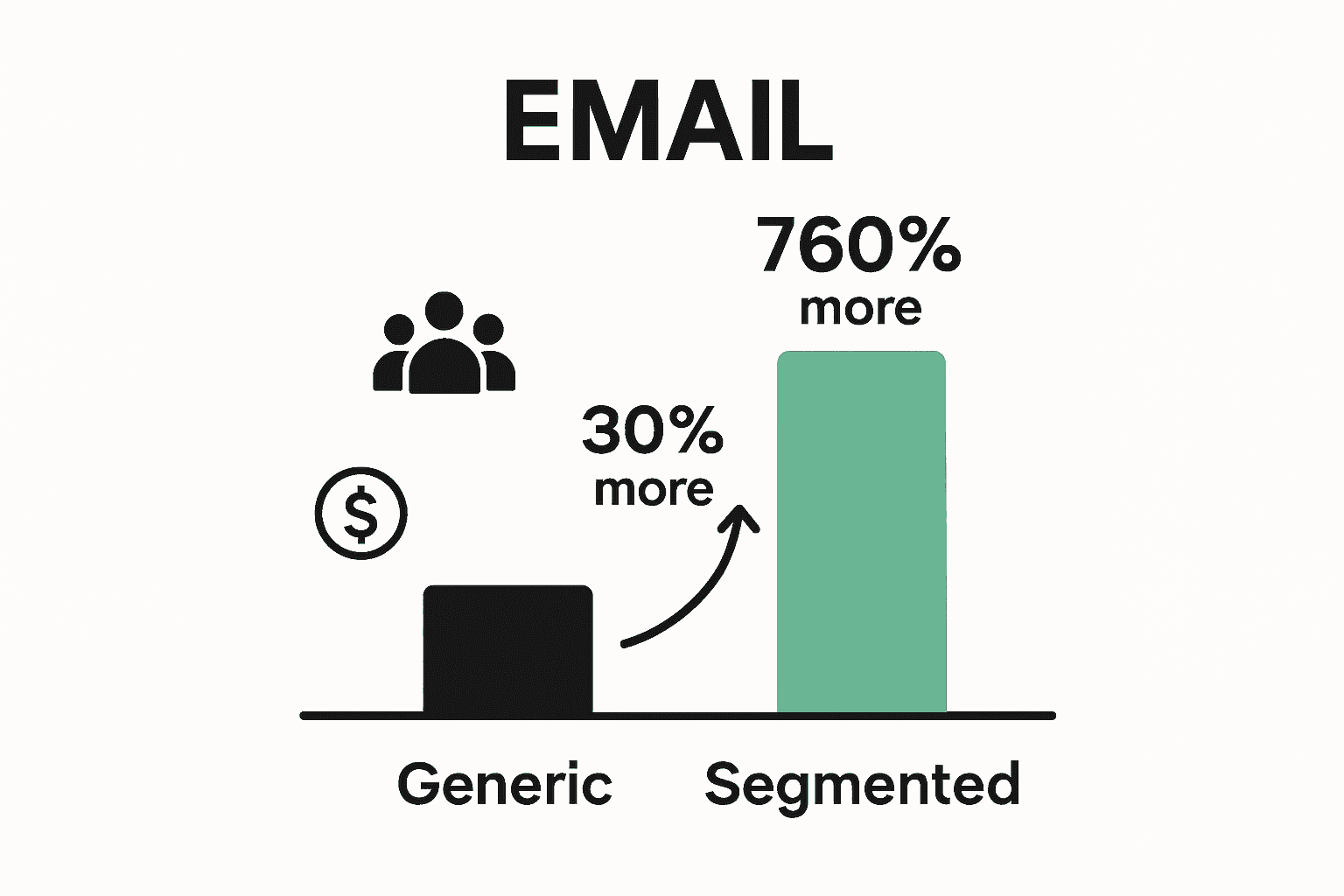
Next, establish crystal-clear goals for each segment. What action do you want them to take? Download a whitepaper? Schedule a consultation? Make a purchase? Your segment-specific goals will shape every email you craft.
Your segmentation journey starts here. In the next section, we’ll explore how to craft compelling content that speaks directly to each audience group.
Step 2: Craft compelling and personalized email content
Now that you have your audience segments mapped out, it is time to speak directly to their hearts and minds. Crafting compelling and personalized email content transforms generic messages into powerful communication tools that drive real engagement.
Personalization goes far beyond just inserting a first name. According to research from SQ Magazine, behavior-triggered emails can drive three times more revenue than standard batch campaigns. This means creating content that feels like a one-on-one conversation tailored specifically to each segment’s unique interests and needs.
Start by understanding what motivates each segment. For new leads, focus on educational content that demonstrates your expertise. Existing clients might appreciate insider tips or exclusive offers. Industry professionals could want deep-dive insights about emerging trends.
Write subject lines that spark curiosity and speak directly to your segment’s pain points.
 Research shows personalized subject lines can boost open rates by up to 35%. Instead of generic headlines, try something specific like “5 SEO Strategies for Tech Startups” or “Budget-Friendly Marketing Solutions for Small Businesses”.
Research shows personalized subject lines can boost open rates by up to 35%. Instead of generic headlines, try something specific like “5 SEO Strategies for Tech Startups” or “Budget-Friendly Marketing Solutions for Small Businesses”.
Pro Tip: Personalization is about relevance not just using a name.
As insights from Amraa and Elma reveal, personalized email campaigns generate 122% higher ROI compared to non-personalized ones. This means every carefully crafted message can significantly impact your bottom line.
Remember to use dynamic content that adapts based on subscriber data. If someone previously downloaded a whitepaper about social media marketing, your next email could reference that specific interest. Check out our guide on email marketing strategies for more advanced personalization techniques.
In your next step, you will learn how to optimize email design and layout to make your personalized content truly shine.
Step 3: Set up automation and optimized send schedules
Automation is your secret weapon for turning email marketing from a time-consuming task into a precision-driven strategy. By setting up smart automation and carefully planned send schedules, you can deliver the right message to the right person at exactly the right moment.
According to research from Beehiiv Blog, 63% of marketers worldwide are already using some form of automated email marketing. This means you are not just following a trend but implementing a proven approach to boost engagement and efficiency.
Start by mapping out key customer journey triggers. These could include welcome sequences for new subscribers, follow-up emails after a purchase, re-engagement campaigns for inactive contacts, or birthday and anniversary messages. Each automation should feel personal and timely, not like a robotic communication.
Look beyond simple time-based scheduling. An academic study proposing an RNN-Survival model suggests that optimal send times can be dynamically adjusted per individual recipient to maximize open rates. This means moving away from one-size-fits-all scheduling towards more intelligent delivery.
Pro Tip: Test and refine your automation workflows regularly to ensure they remain relevant and effective.
Consider using AI-powered tools that can help personalize not just content but also send times. As the Beehiiv Blog indicates, 32% of marketers already use AI with automation to personalize offers and improve targeting.
Set up triggers that respond to specific subscriber behaviors.
VIDEO:video_content] Did someone download a whitepaper? Send a follow-up resource. Abandoned a cart? Trigger a gentle reminder. [Learn more about advanced email marketing strategies to take your automation to the next level.
In the next section, we will explore how to track and analyze your email marketing performance to continuously improve your approach.
Step 4: Test deliverability and refine campaign elements
Welcome to the most critical phase of email marketing where data transforms good campaigns into great ones. Testing and refining your email elements is like having a secret weapon that continuously improves your marketing performance.
According to research from Sender.net, A/B testing can increase email ROI by an impressive 37% compared to brands that never test. This means systematically experimenting with different campaign elements can dramatically boost your results.
Start by identifying key elements to test. Subject lines are your first battleground. Try variations that play with length, tone, and emotional triggers. Some subscribers might respond to urgent language while others prefer informative approaches. Test subject lines that speak directly to different segments of your audience.
Explore testing variations in email content. Change your call-to-action placement, experiment with different image styles, or modify your email layout. Pay attention to which versions generate higher click-through rates. An academic study using the PROMINET model suggests prototype-based learning can help interpret content structures and predict response rates.
Pro Tip: Always test one element at a time to understand exactly what drives performance changes.
Deliverability matters as much as content. Monitor your email reputation by tracking metrics like bounce rates, spam complaints, and engagement levels. Use reputable email service providers that help maintain high deliverability standards.
Leverage advanced analytics to understand nuanced performance insights. Explore our comprehensive guide on email marketing strategies to dive deeper into sophisticated testing techniques.
In the final section, we will discuss how to analyze your results and continuously optimize your email marketing approach.
Step 5: Analyze results and implement data-driven improvements
Congratulations. You have crafted a strategic email marketing campaign. Now comes the most exciting part: turning raw data into actionable insights that will supercharge your future marketing efforts.
Think of data analysis like being a detective. You are hunting for clues that reveal what truly resonates with your audience. Start by diving deep into key performance metrics. Open rates tell you about subject line effectiveness. Click-through rates reveal how compelling your content and calls-to-action are. Conversion rates show the ultimate impact on your business goals.
Research from SQ Magazine highlights an incredible insight: campaigns using dynamic product content achieved 2.4 times higher ROI than static campaigns. This means your analysis should go beyond surface-level numbers and explore how personalization and dynamic content drive real results.
Breakdown your metrics by each audience segment. Which group showed the highest engagement? What content types generated the most interaction? Look for patterns that can inform future campaign strategies. Maybe your tech startup segment responds best to data-driven content while your small business segment prefers practical tips.
Pro Tip: Treat each campaign as a learning opportunity not just a marketing exercise.
Look beyond traditional metrics. Analyze subscriber behavior patterns. Are certain segments more likely to make purchases? Do some groups have longer customer lifecycles? These insights help you refine not just email strategies but potentially your entire marketing approach.
Explore our comprehensive guide to digital marketing analytics to deepen your understanding of transforming data into strategic decisions.
Now you have a roadmap for creating email marketing campaigns that are not just effective but continuously evolving based on real-world performance.
Take Your Email Marketing ROI Even Further With Expert Support
You have just learned how precision segmentation, compelling content, and smart automation are essential for skyrocketing your email marketing ROI. Yet, turning these insights into measurable business growth requires more than best practices. Many businesses struggle to adapt their strategies for ever-changing markets, or to connect email efforts with paid campaigns, search rank, and overall digital visibility.
Why go it alone when you can leverage proven digital marketing leadership? At Web Spider Solutions, our team goes beyond email. We unify your email campaigns with targeted Paid Advertising strategies, robust SEO, and smart analytics for end-to-end results. Businesses trust us to fill the gaps between strategy and action, delivering personalized campaigns that not only reach inboxes but also drive real business outcomes. Ready for email results as dynamic as your goals? Explore our solutions or book your consultation now to unlock sustained digital growth.
Frequently Asked Questions
What are the key steps to implement email marketing best practices for maximum ROI?
To implement email marketing best practices for maximum ROI, start by defining clear audience segments and setting specific goals for each segment. Follow up by crafting personalized content, automating your campaigns, optimizing send schedules, testing different elements, and continuously analyzing the performance of your emails.
How can I effectively segment my email audience for better campaign performance?
To effectively segment your email audience, analyze subscriber data such as demographics, engagement history, and purchase behavior. Create 3-5 primary segments based on shared characteristics, ensuring that your campaigns address the distinct needs and interests of each group for a more tailored communication approach.
What types of content should I include in my emails for higher engagement?
Include compelling and personalized content that resonates with your audience segments. For instance, offer educational resources for new leads, insider tips for existing clients, and industry insights for professionals to enhance engagement and drive conversions.
How often should I test elements of my email campaigns to improve ROI?
Test elements of your email campaigns regularly, ideally every few weeks, to identify what works best for your audience. By conducting A/B tests on subject lines, content layouts, and call-to-action placements, you can optimize each campaign to improve engagement and increase ROI over time.
What key performance metrics should I analyze to measure email campaign success?
Analyze key performance metrics such as open rates, click-through rates, and conversion rates to gauge your email campaign’s success. Break down these metrics by audience segments to identify which groups are most engaged and use this information to refine future campaigns.
How can automation improve my email marketing ROI?
Automation enhances your email marketing ROI by allowing you to send timely and relevant messages based on subscriber behavior. Set up automated workflows for scenarios like welcome sequences or follow-ups, enabling you to nurture leads and boost engagement without requiring extensive manual effort.
Recommended

